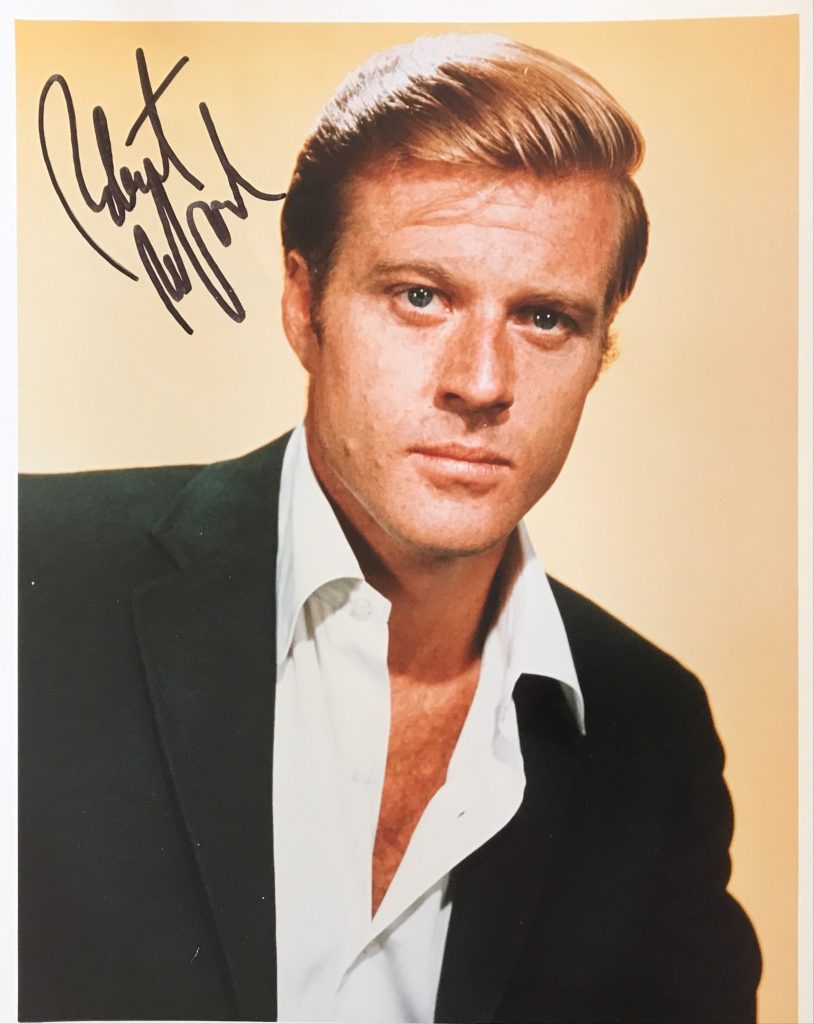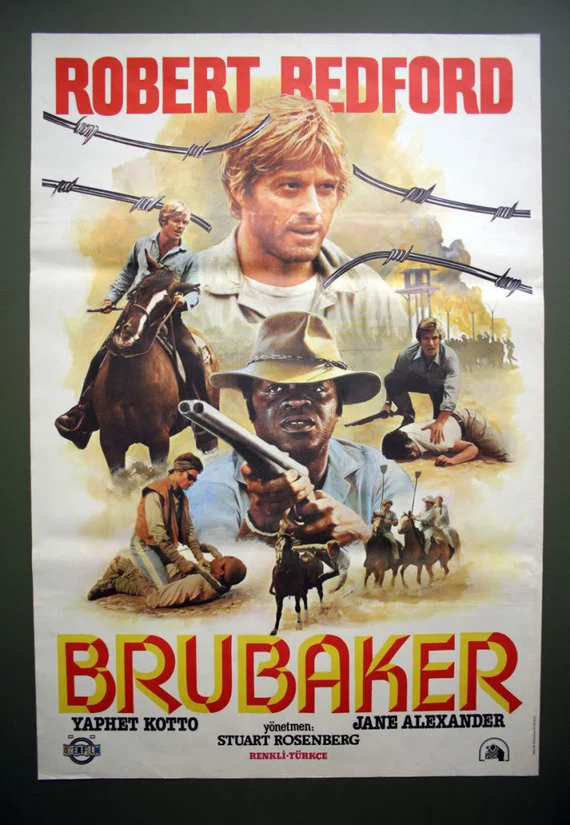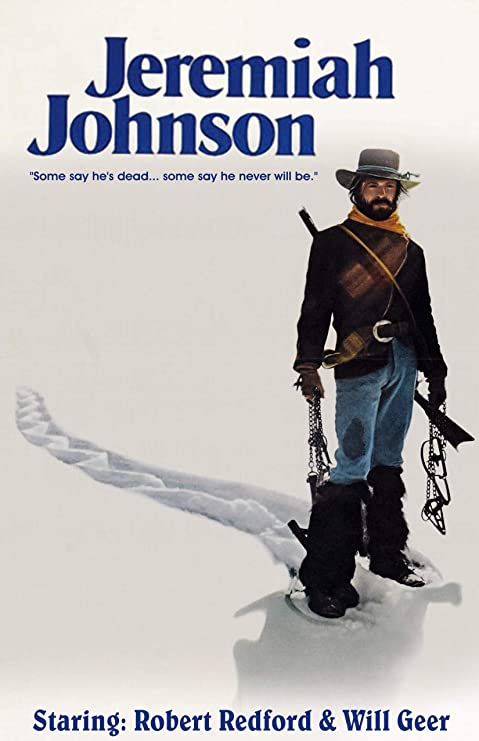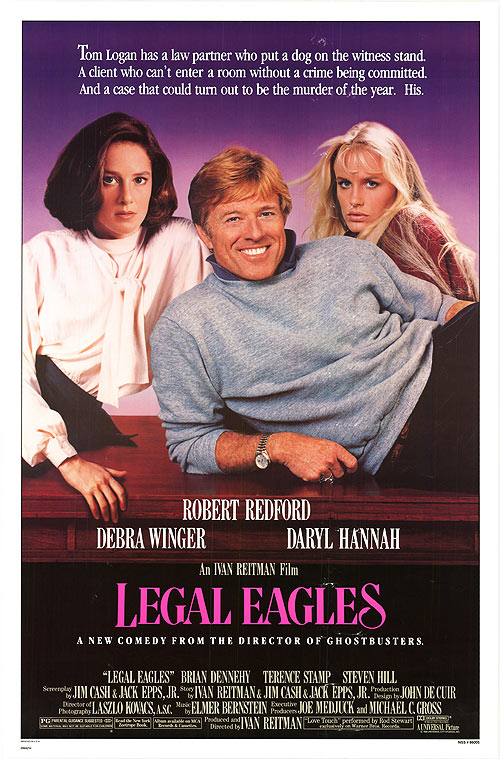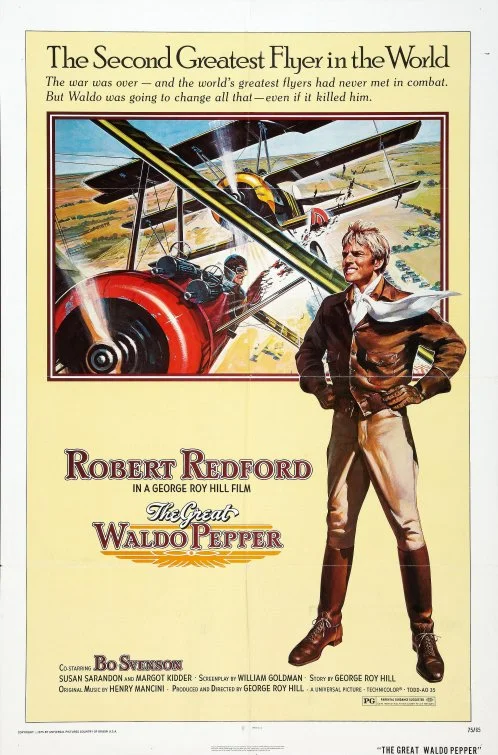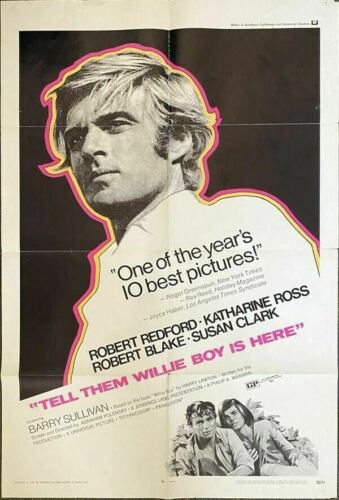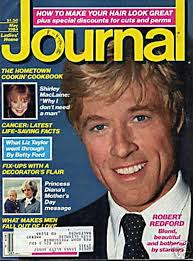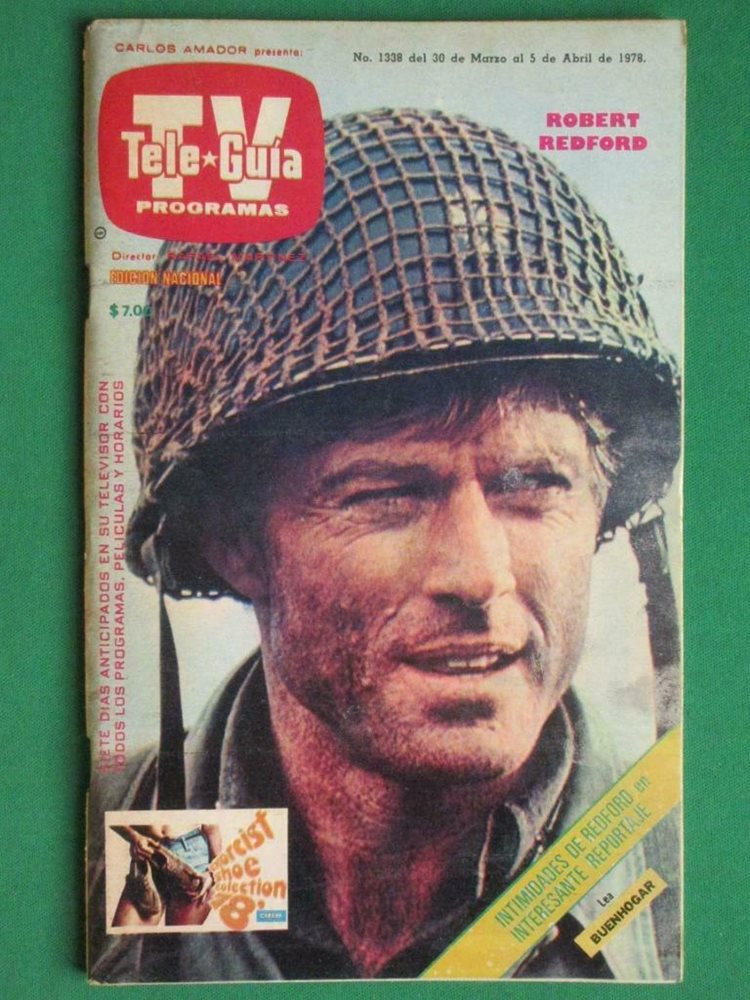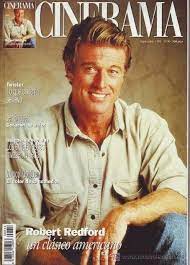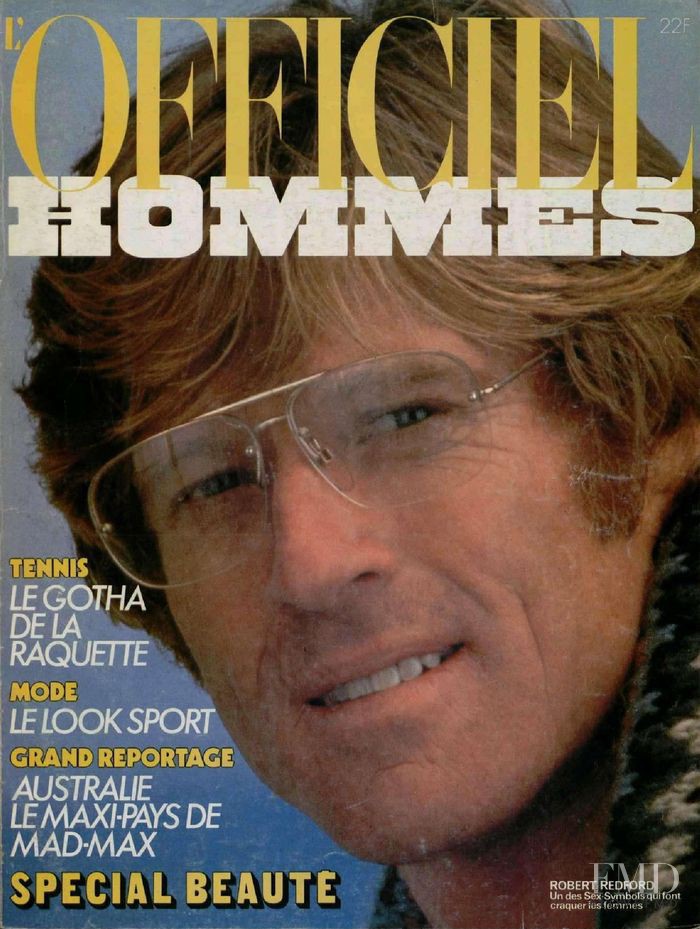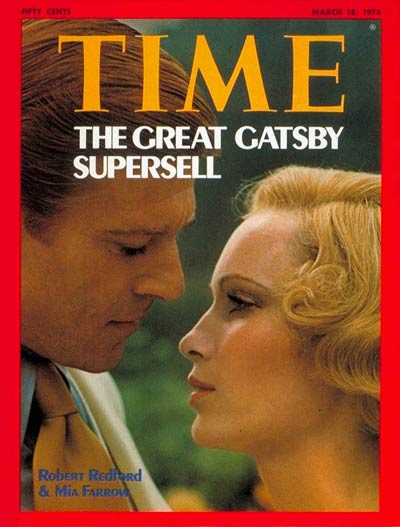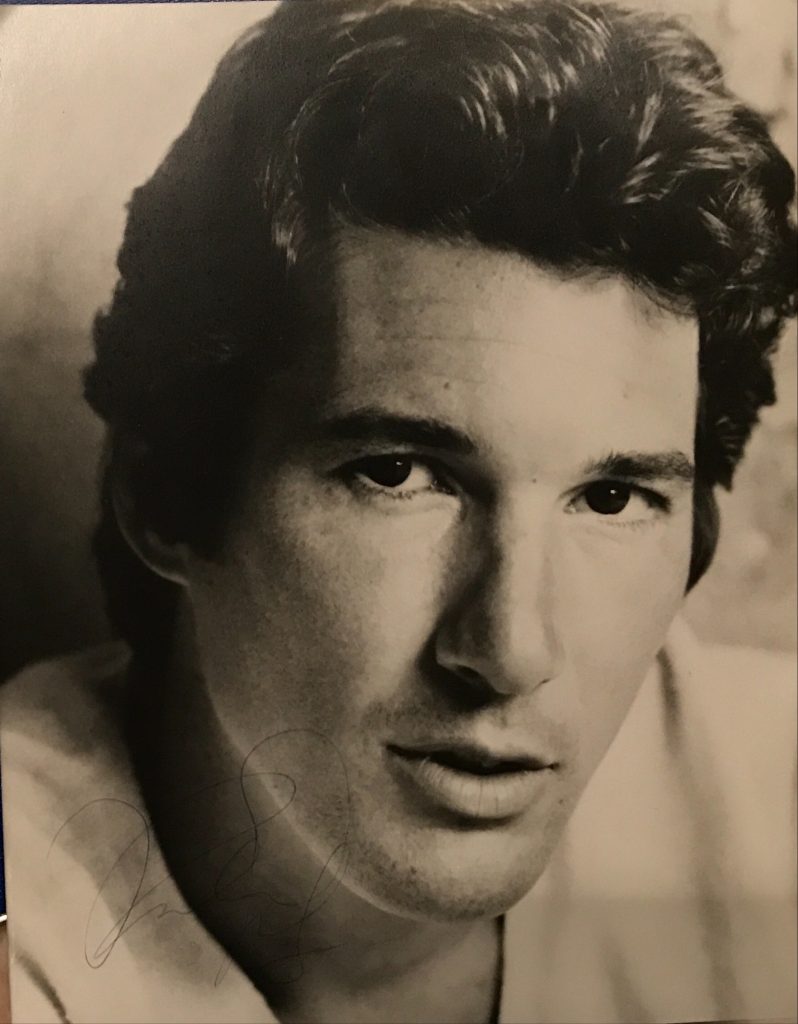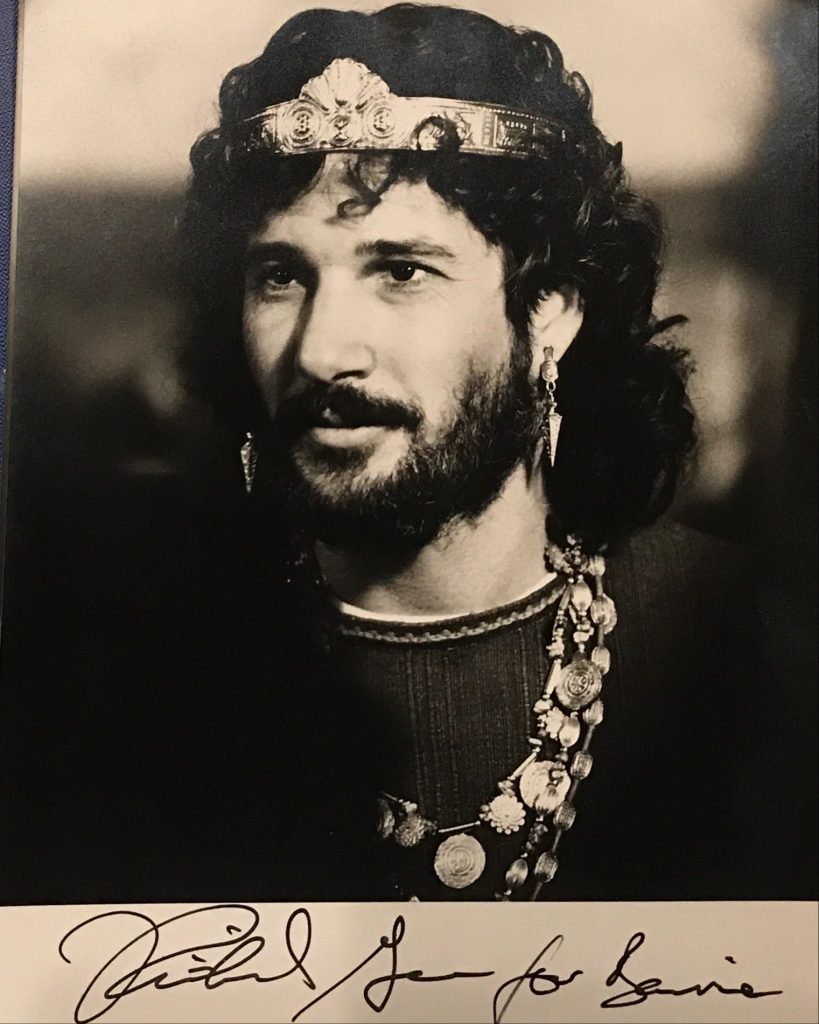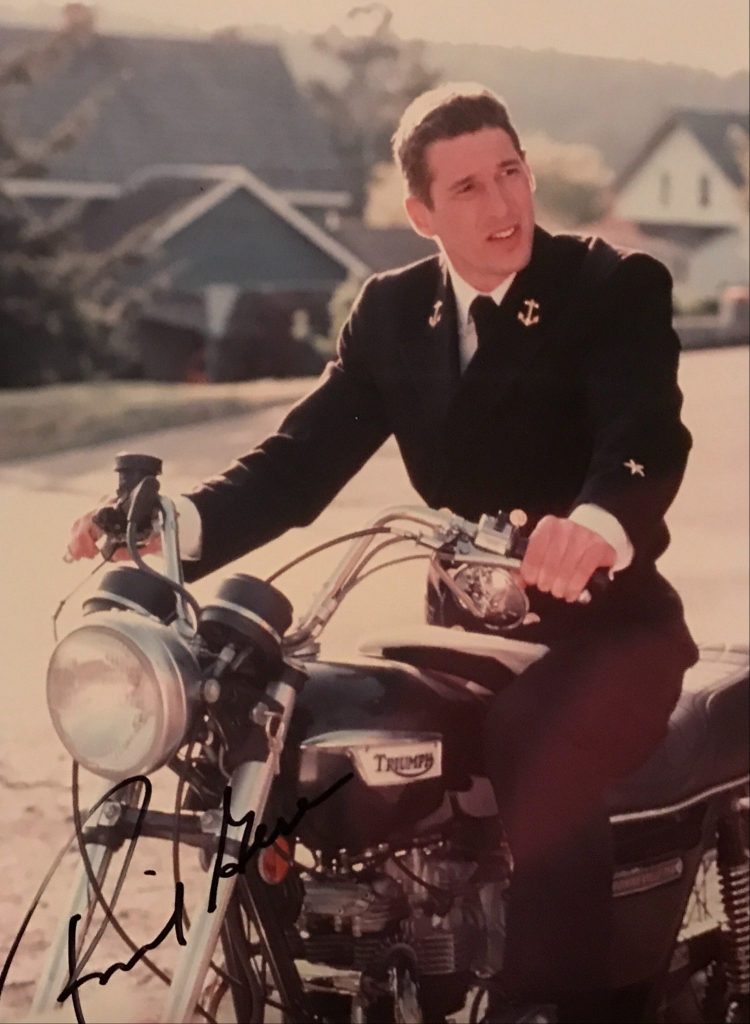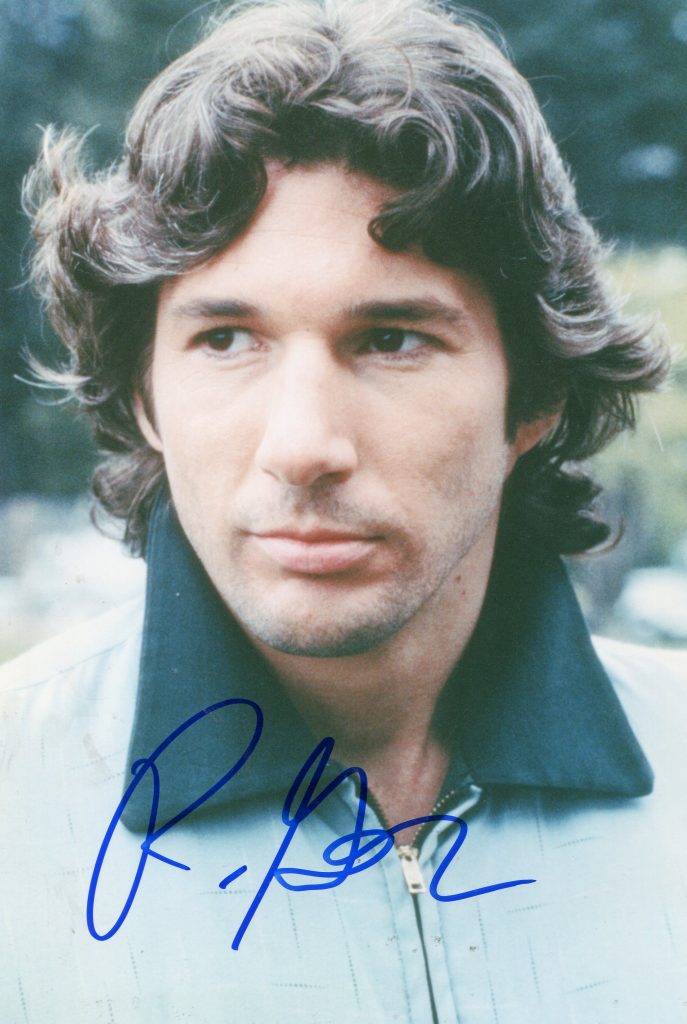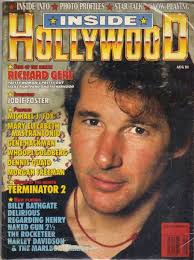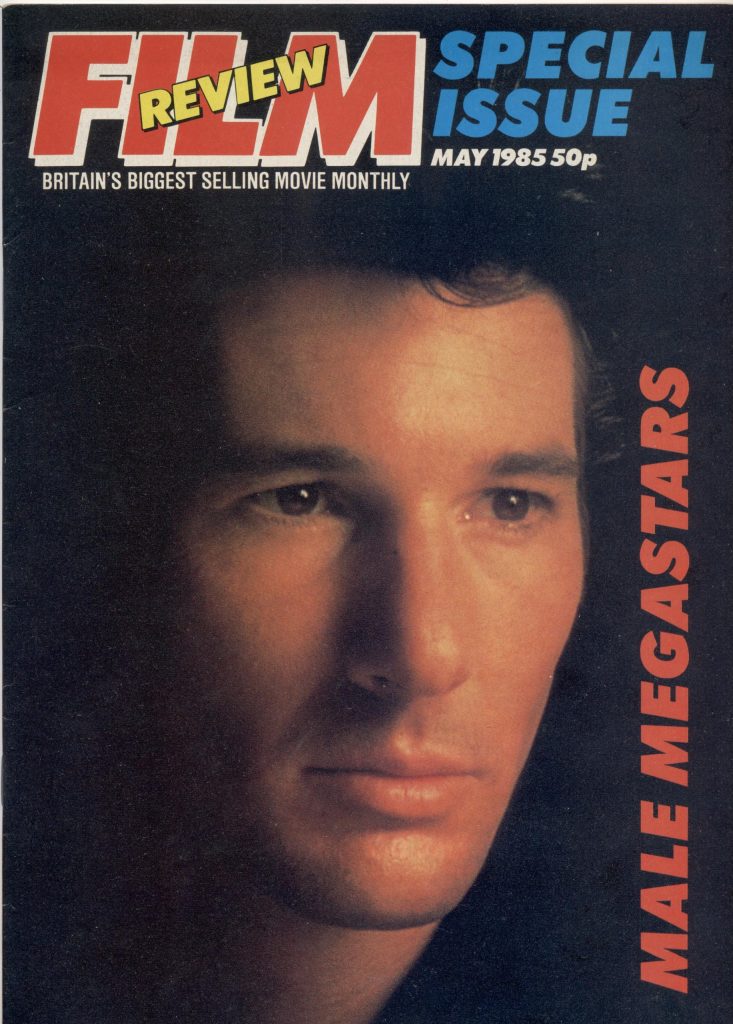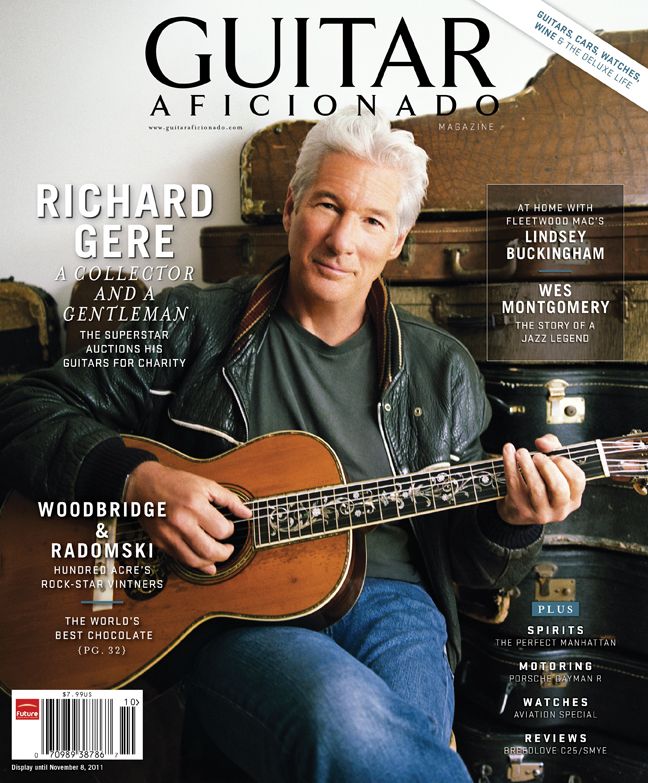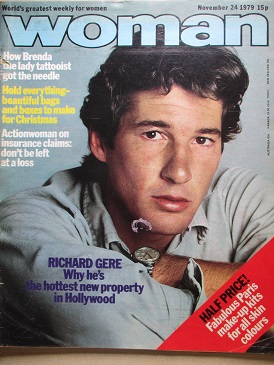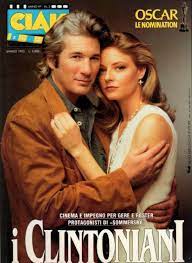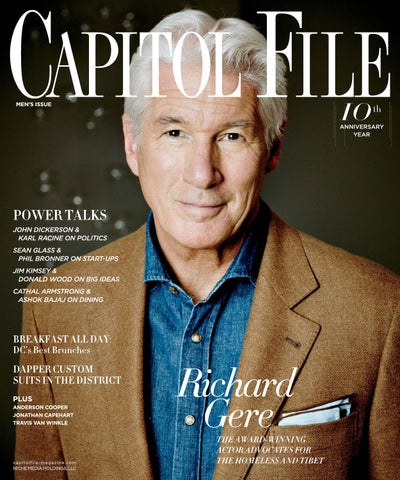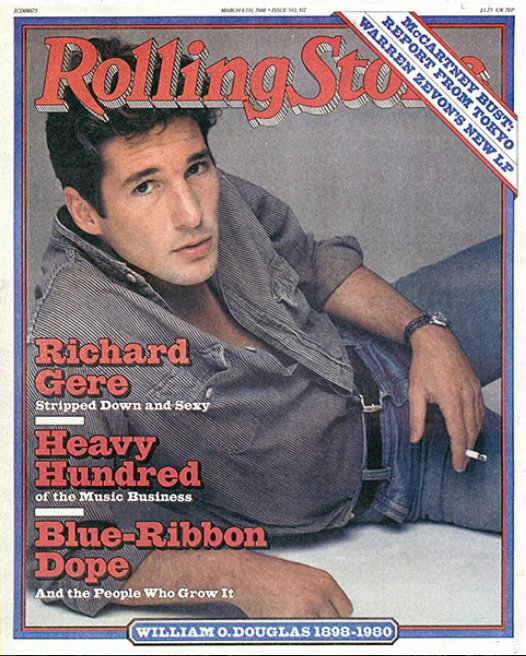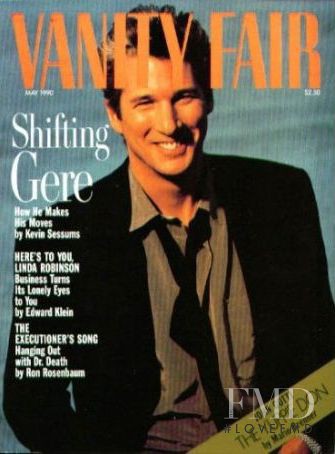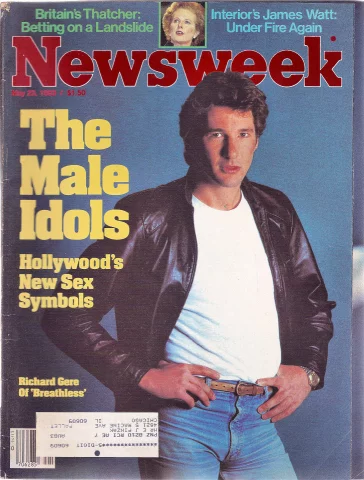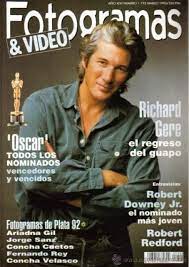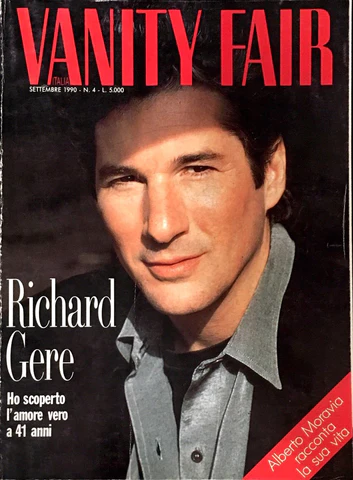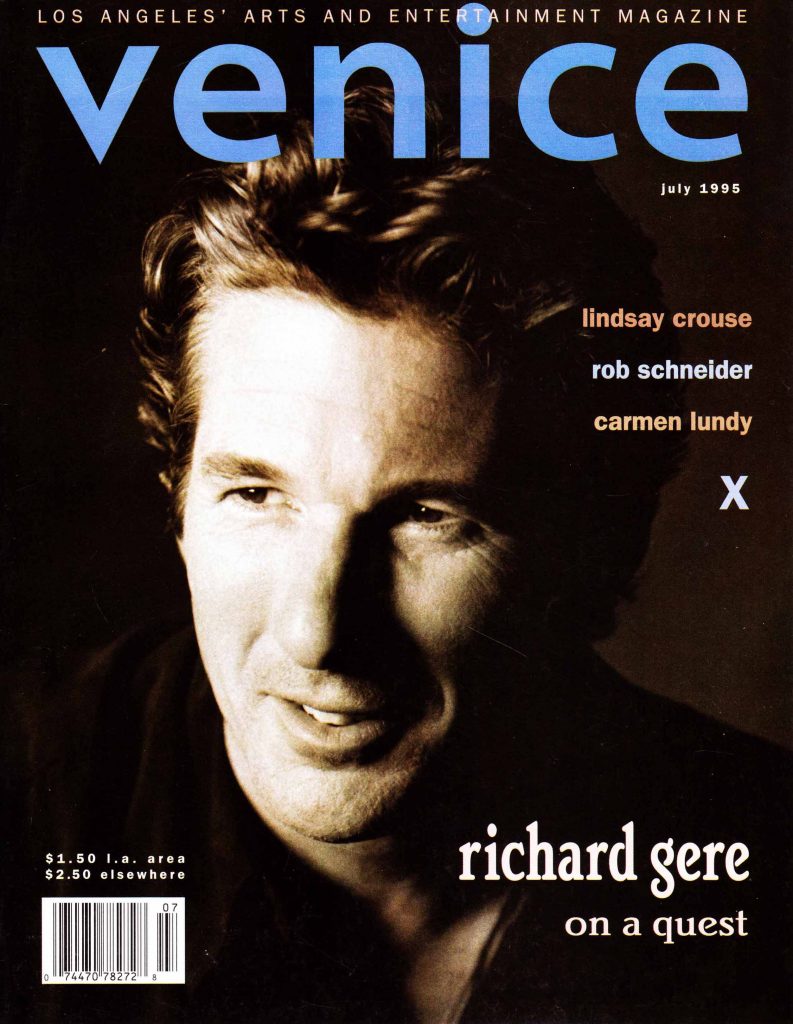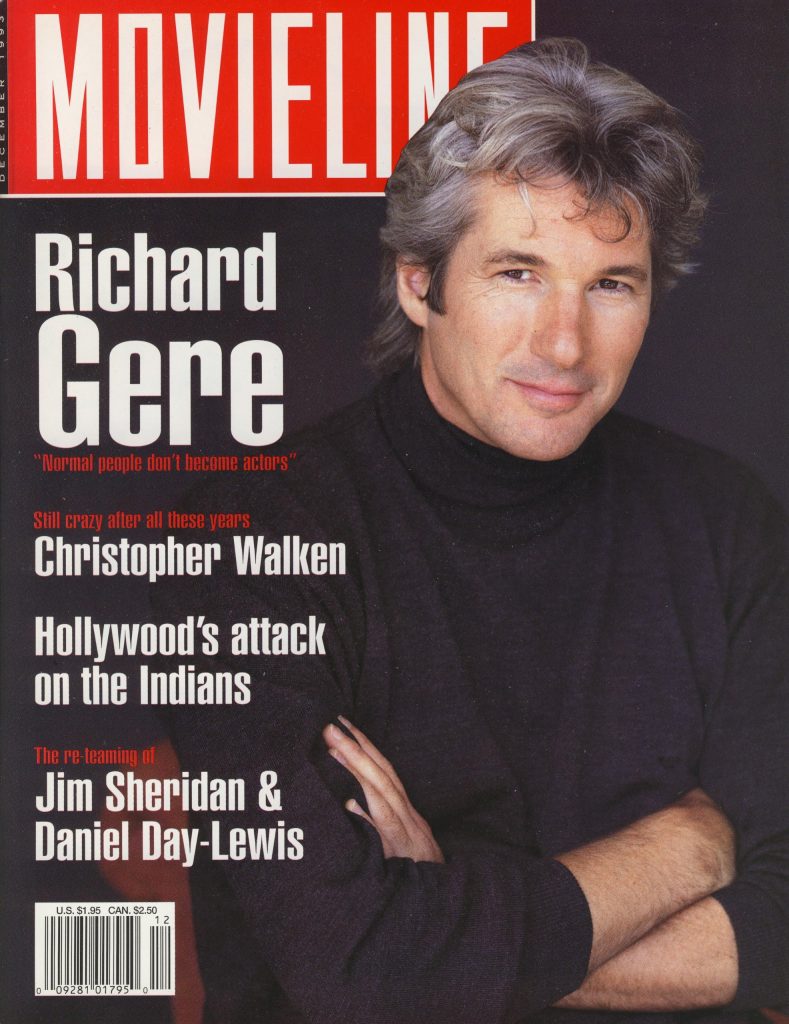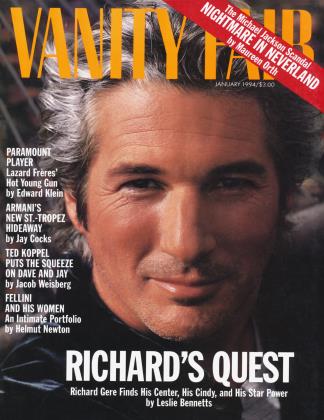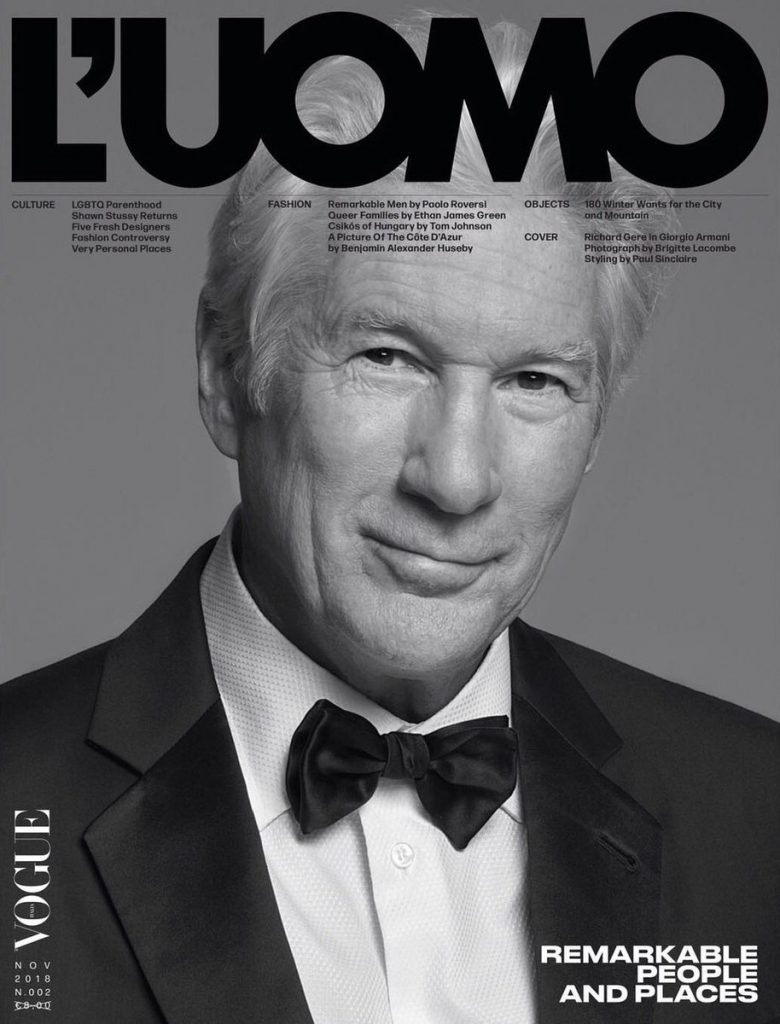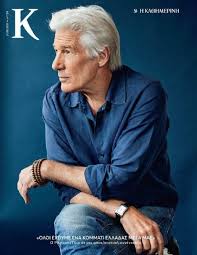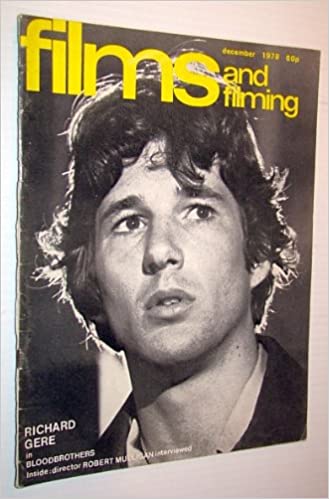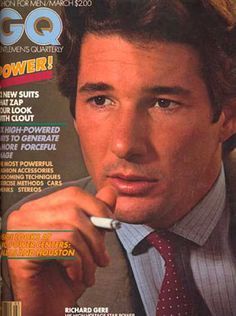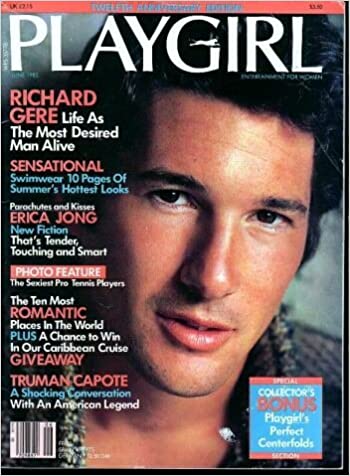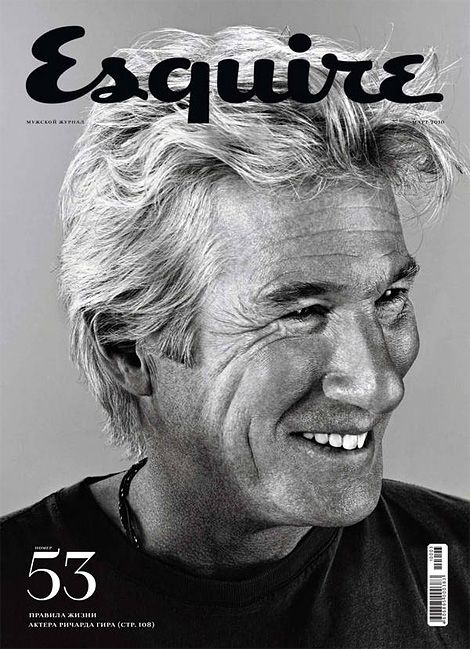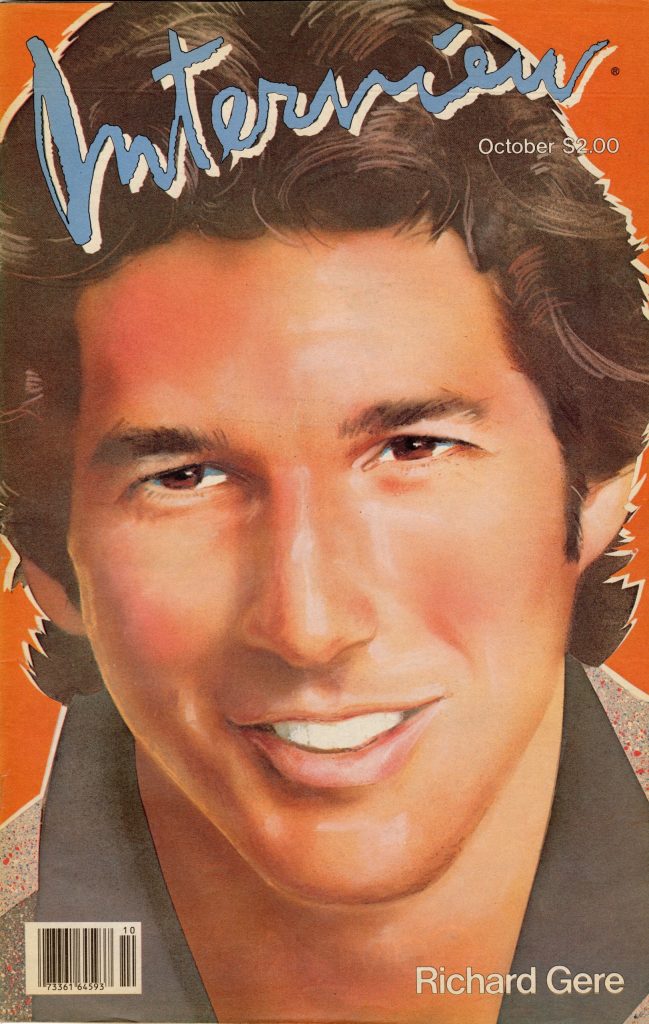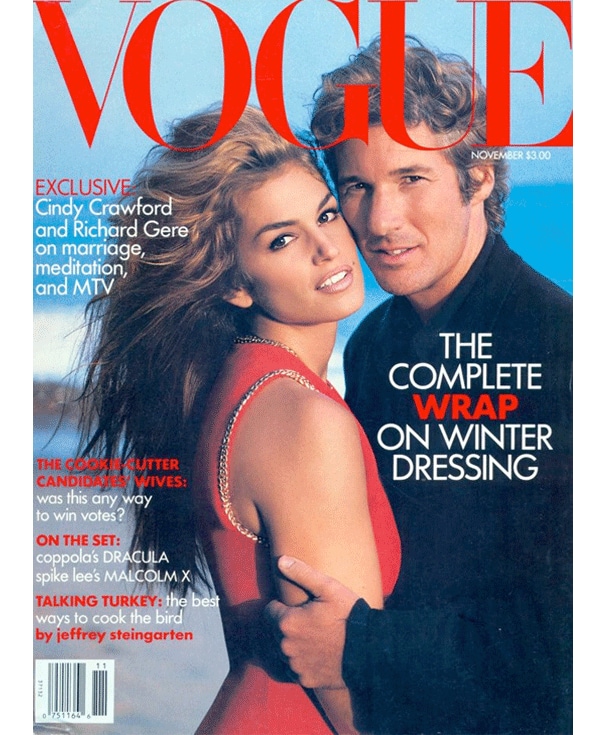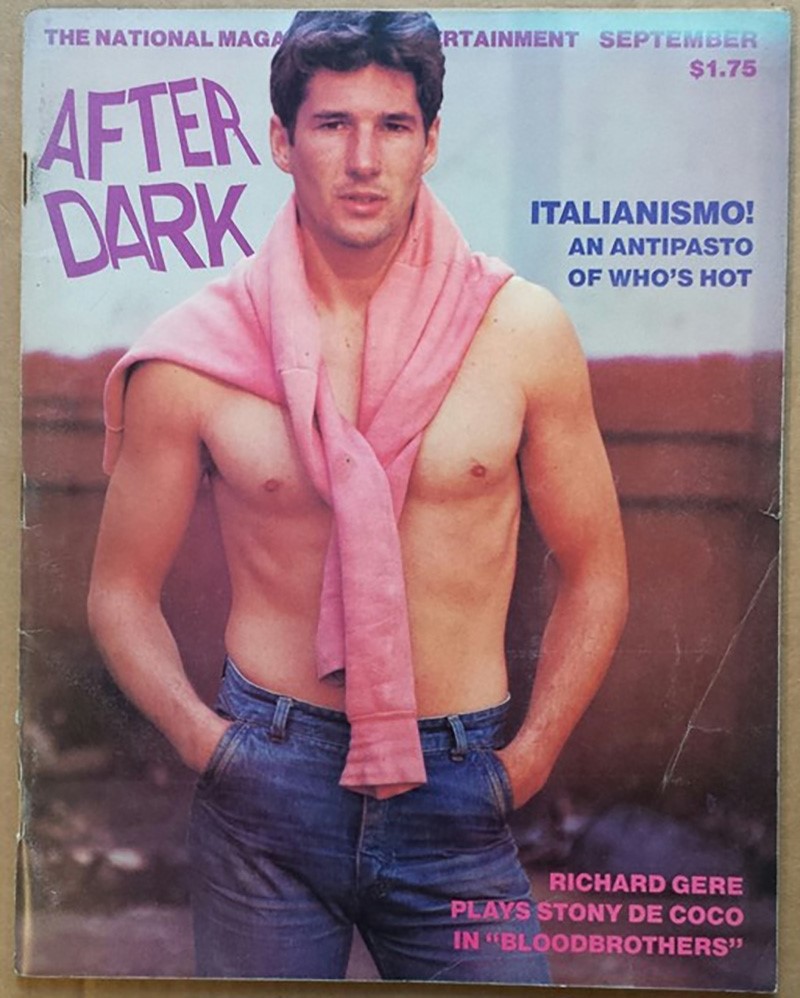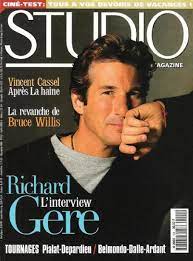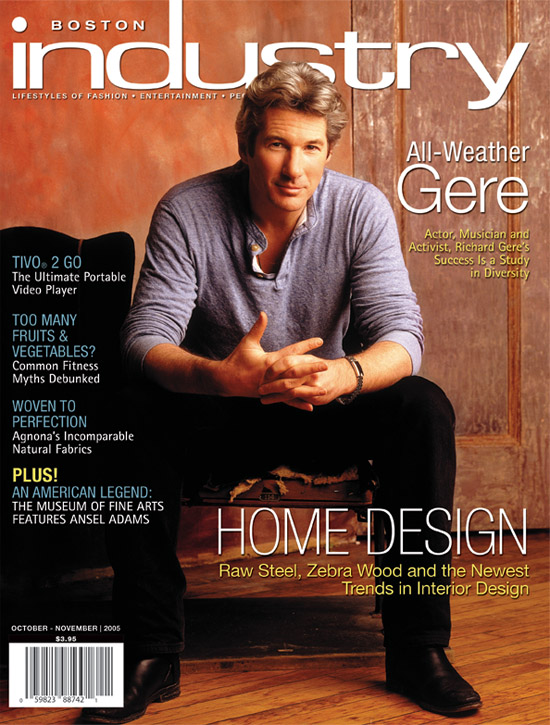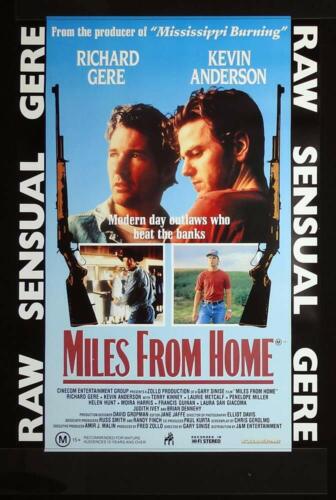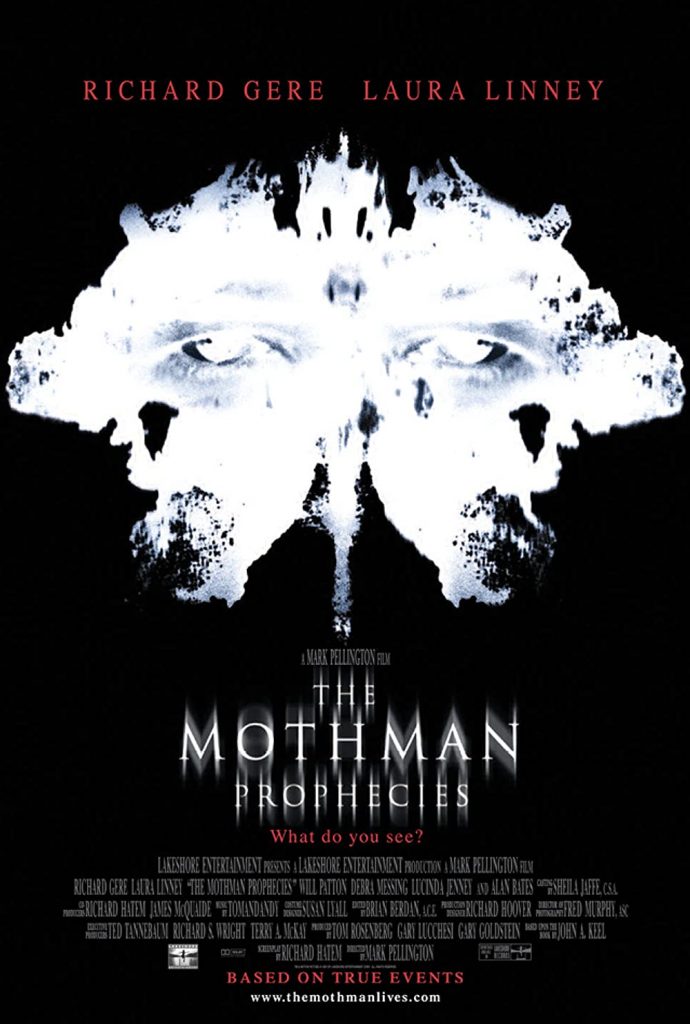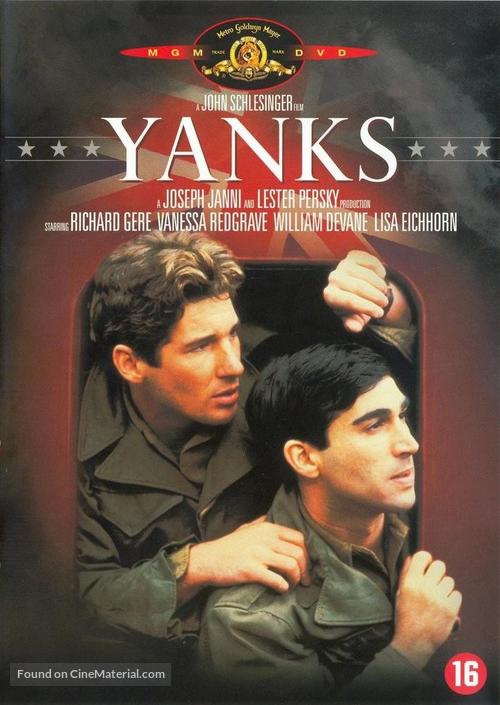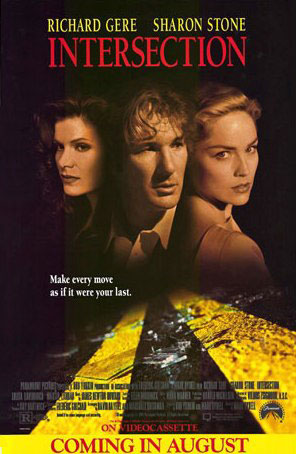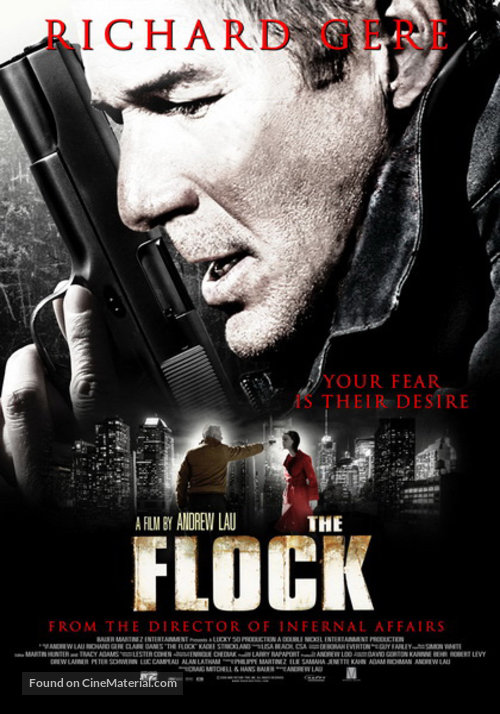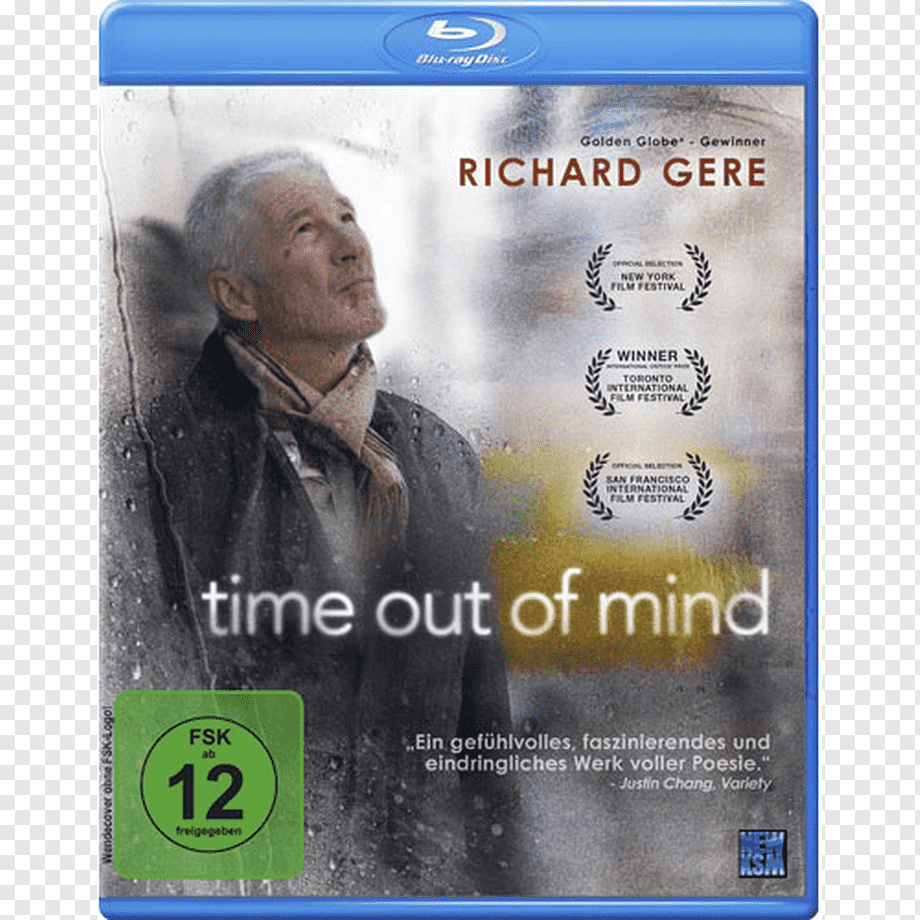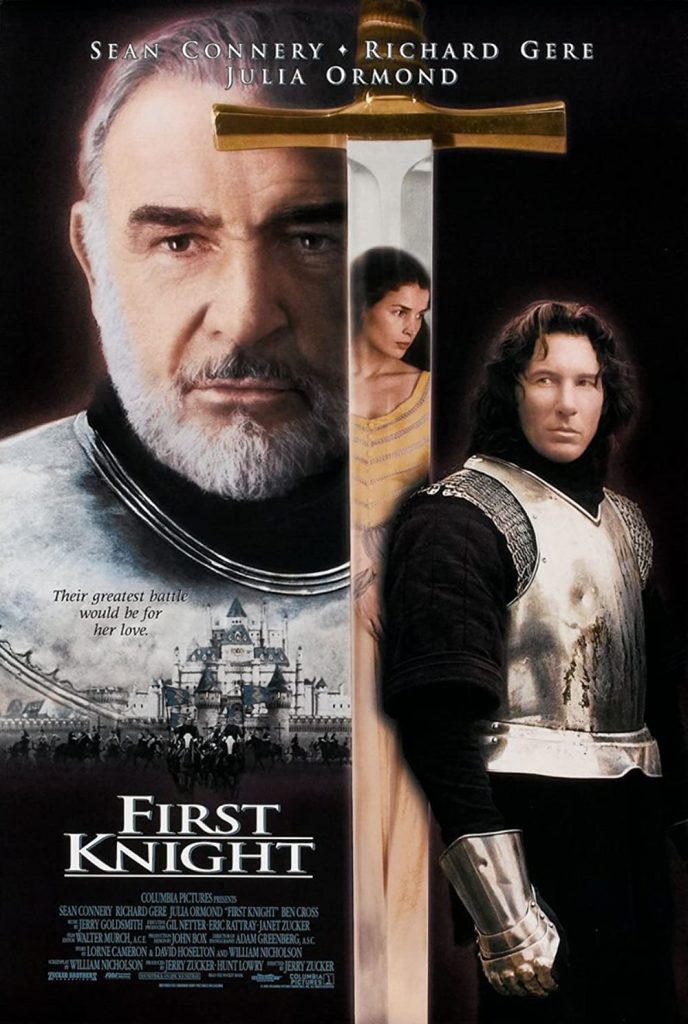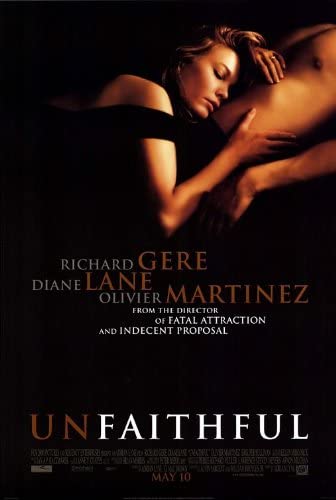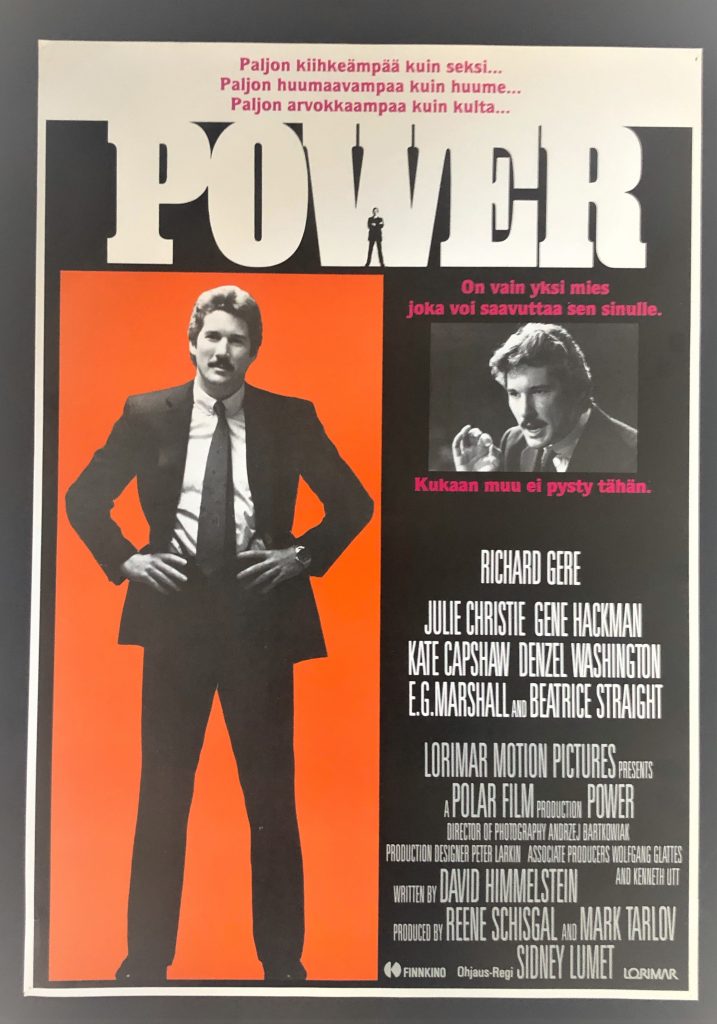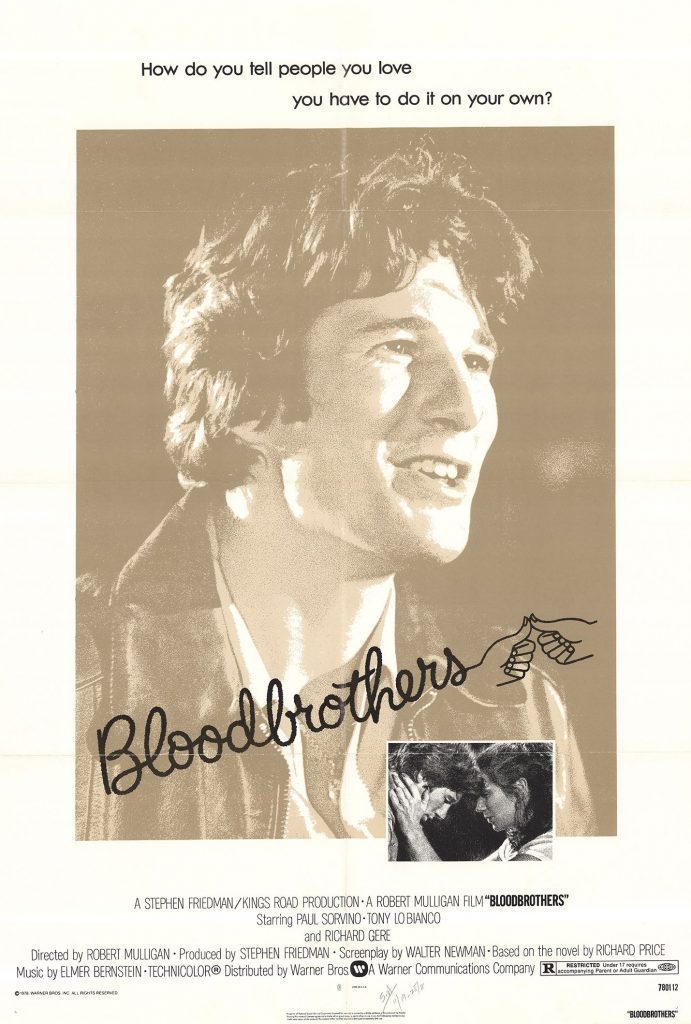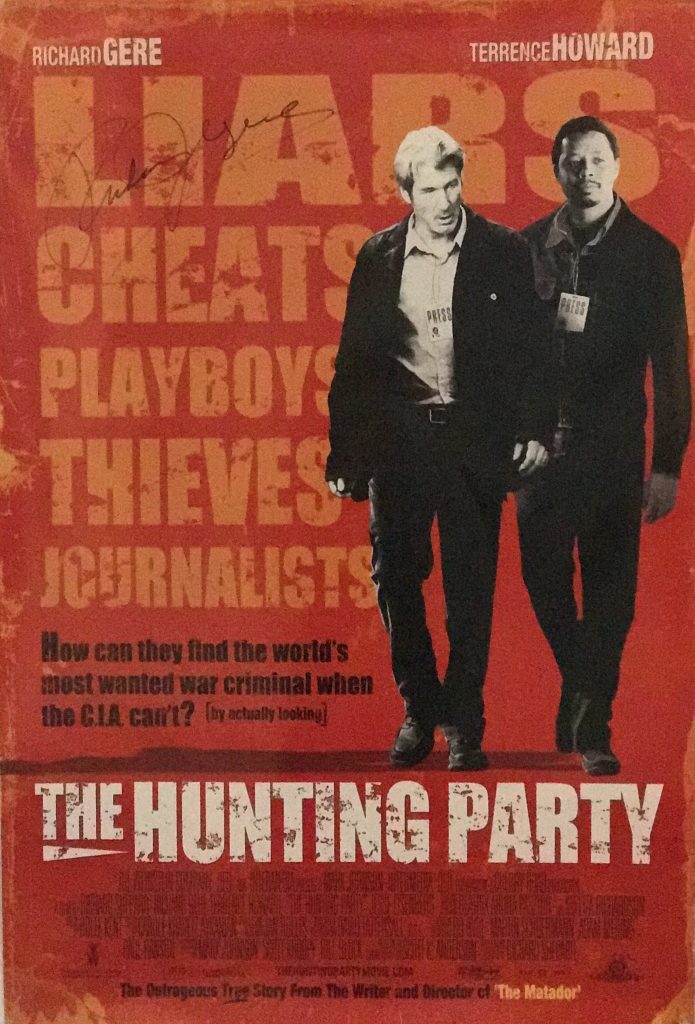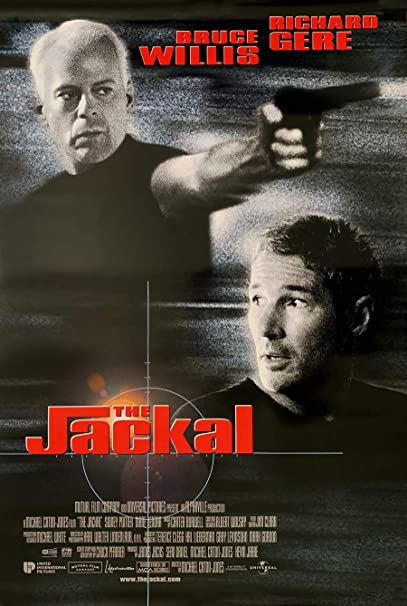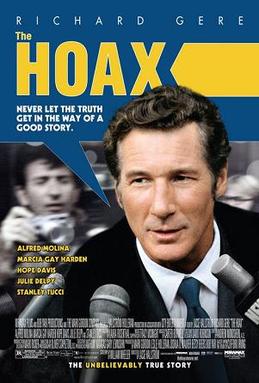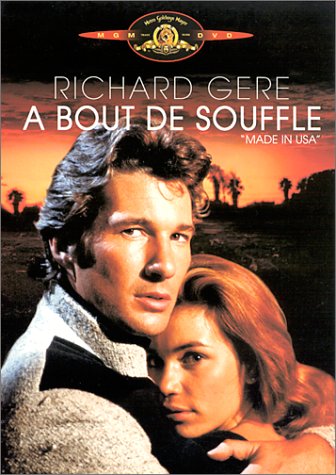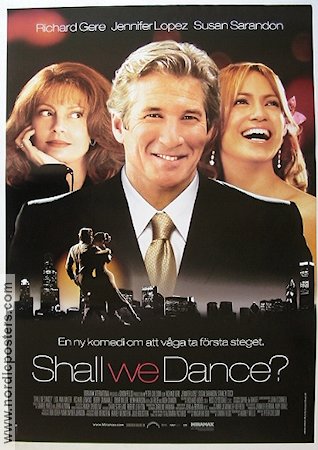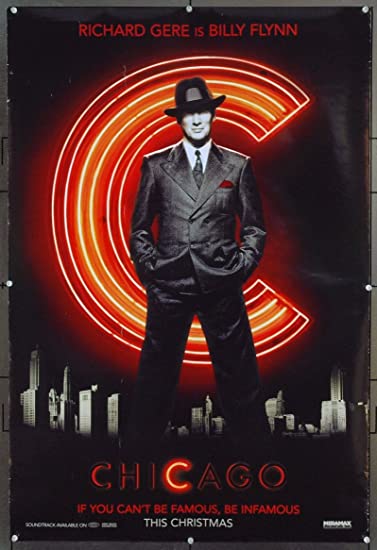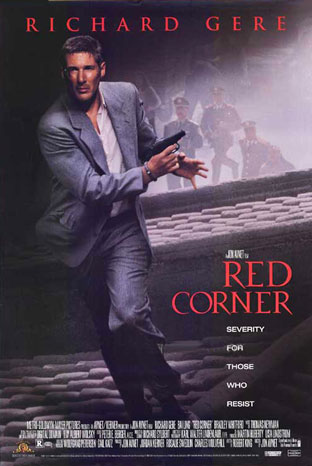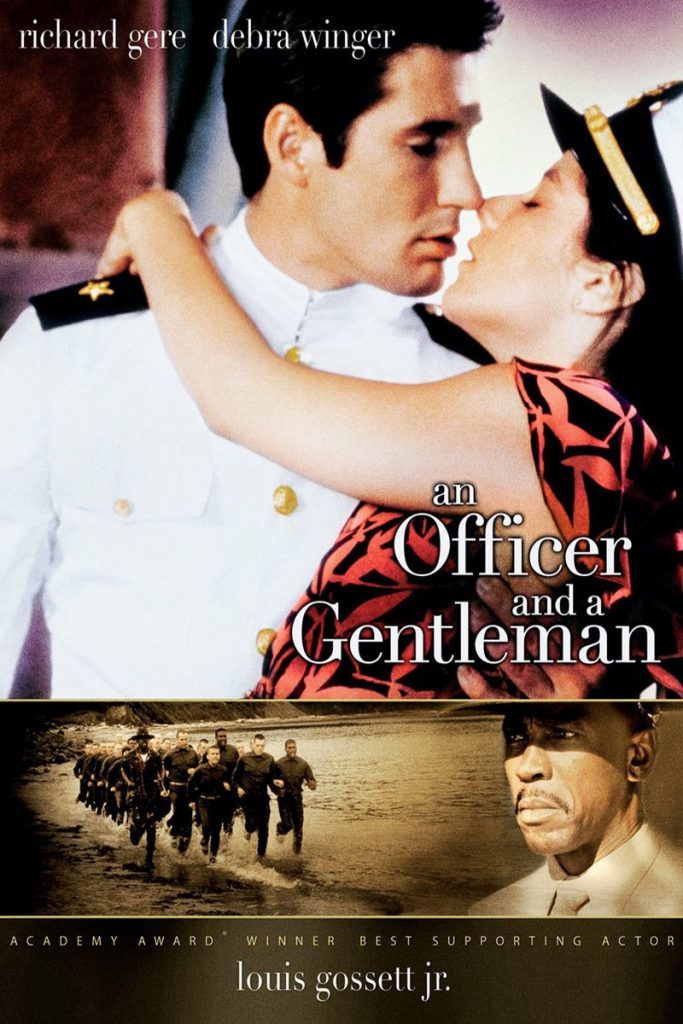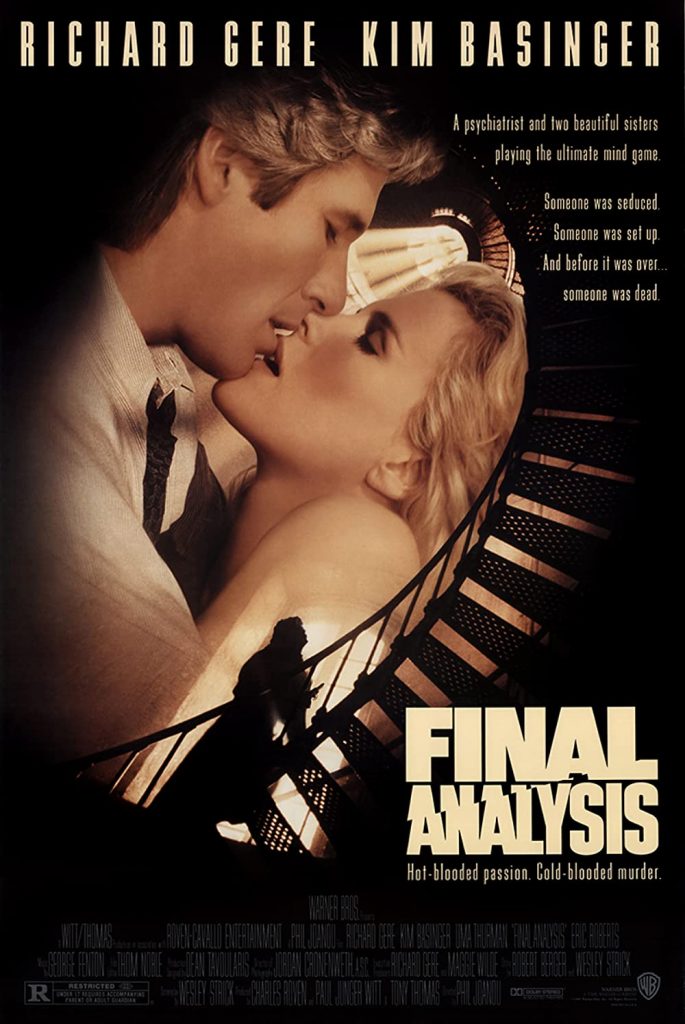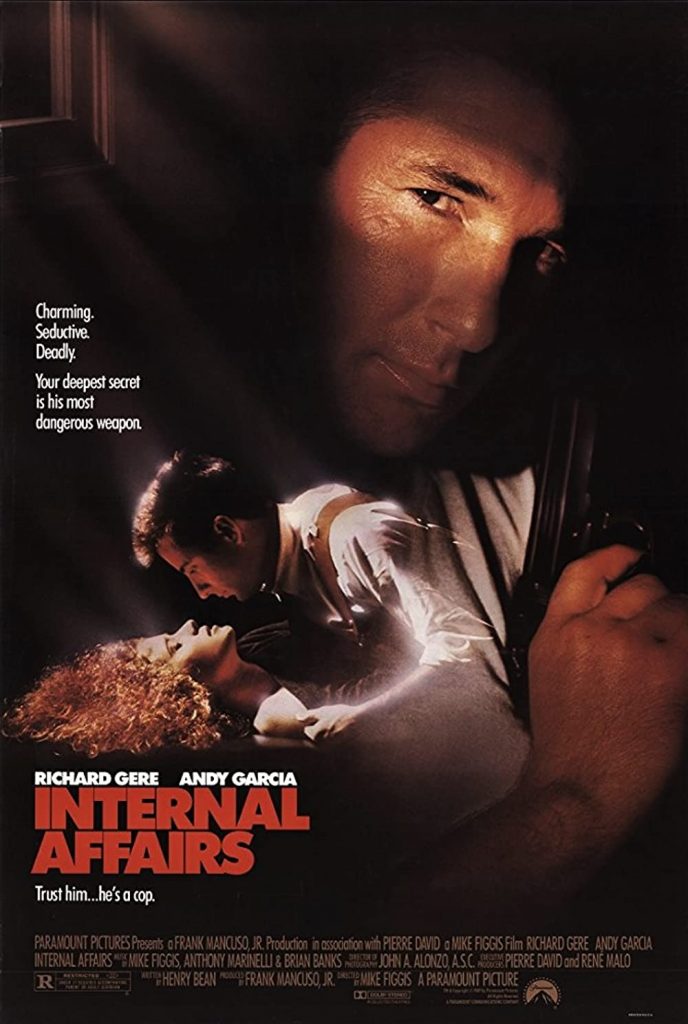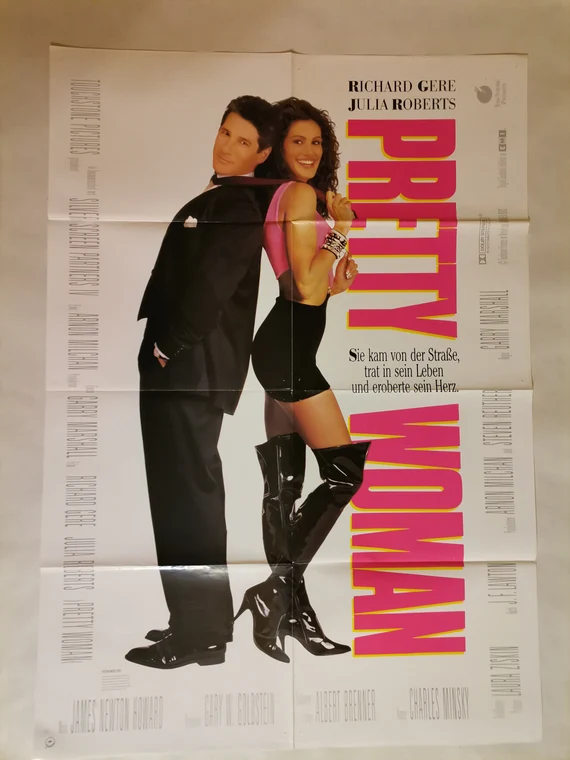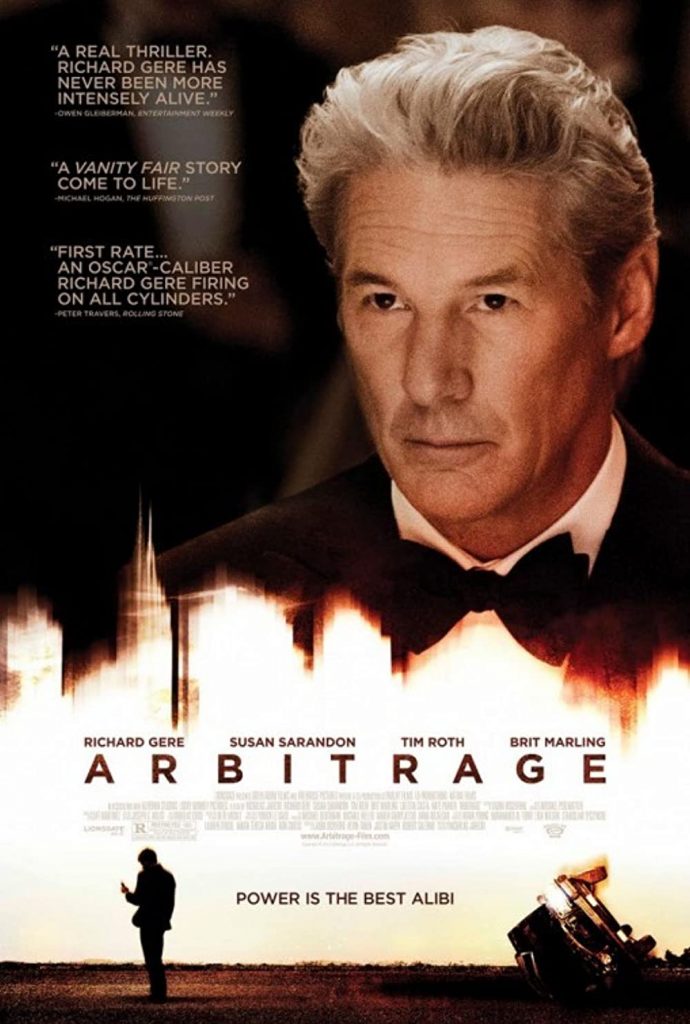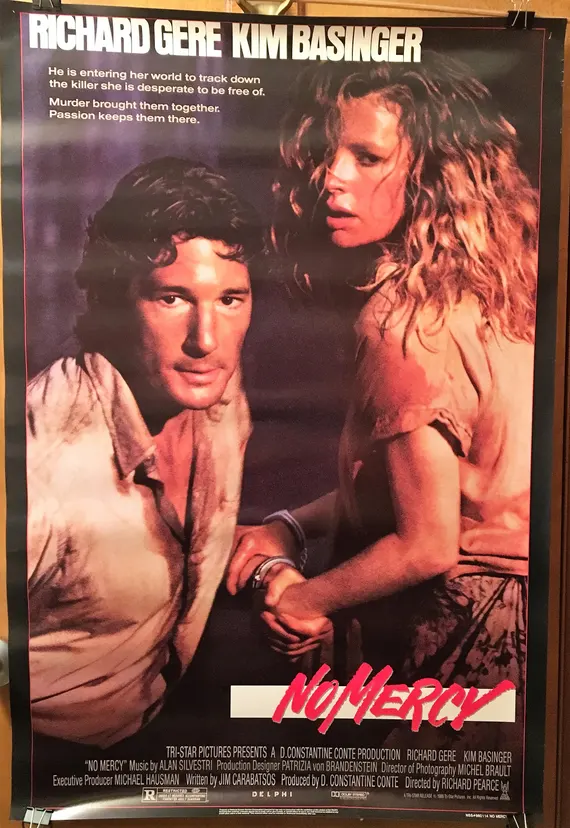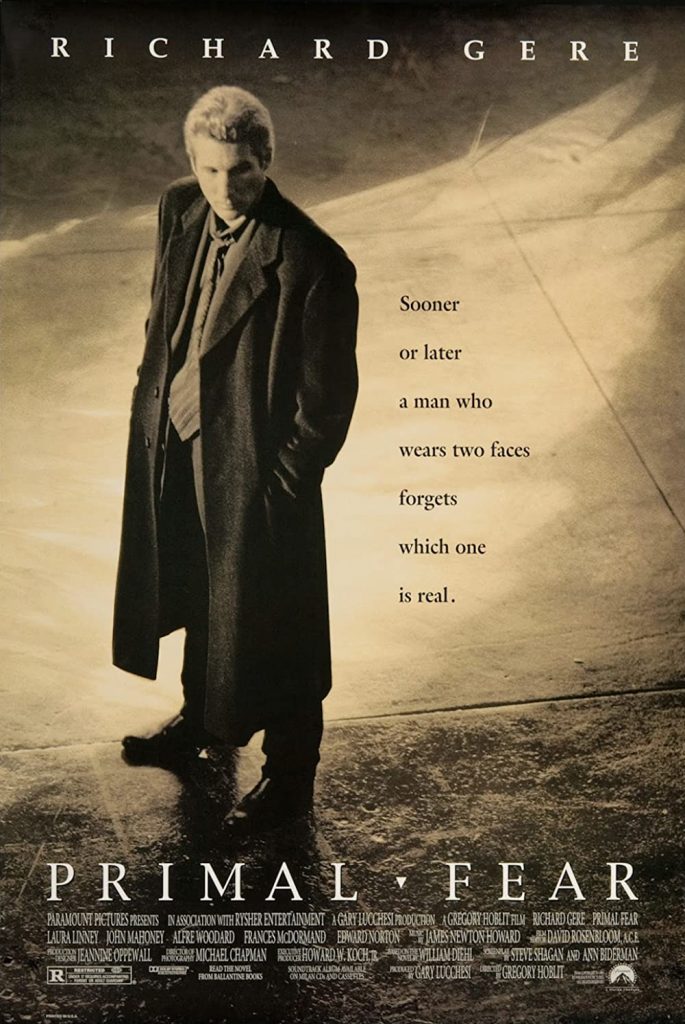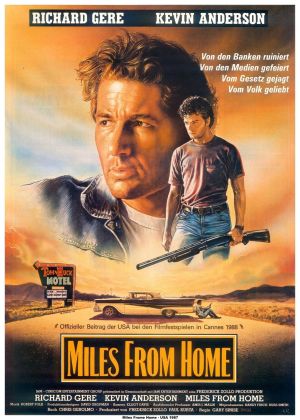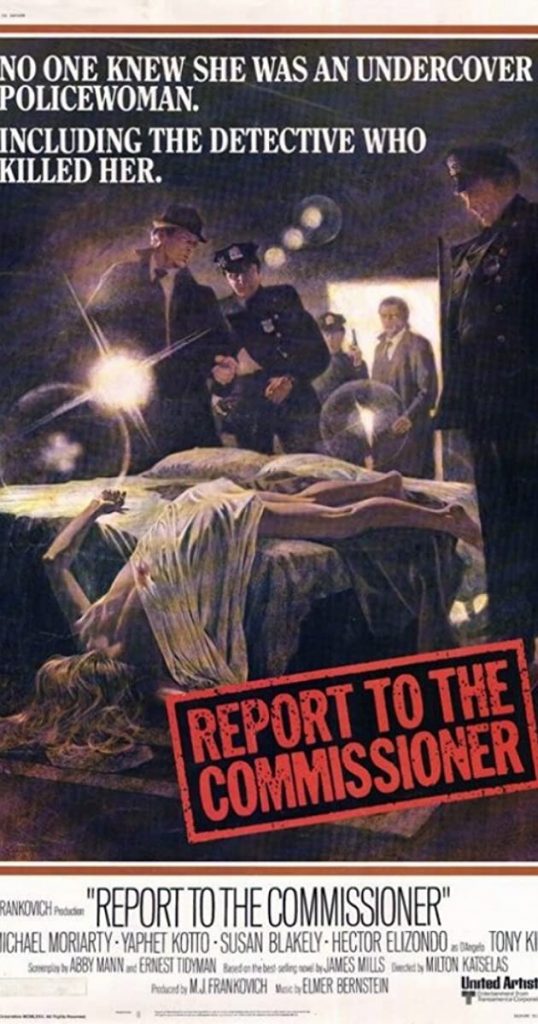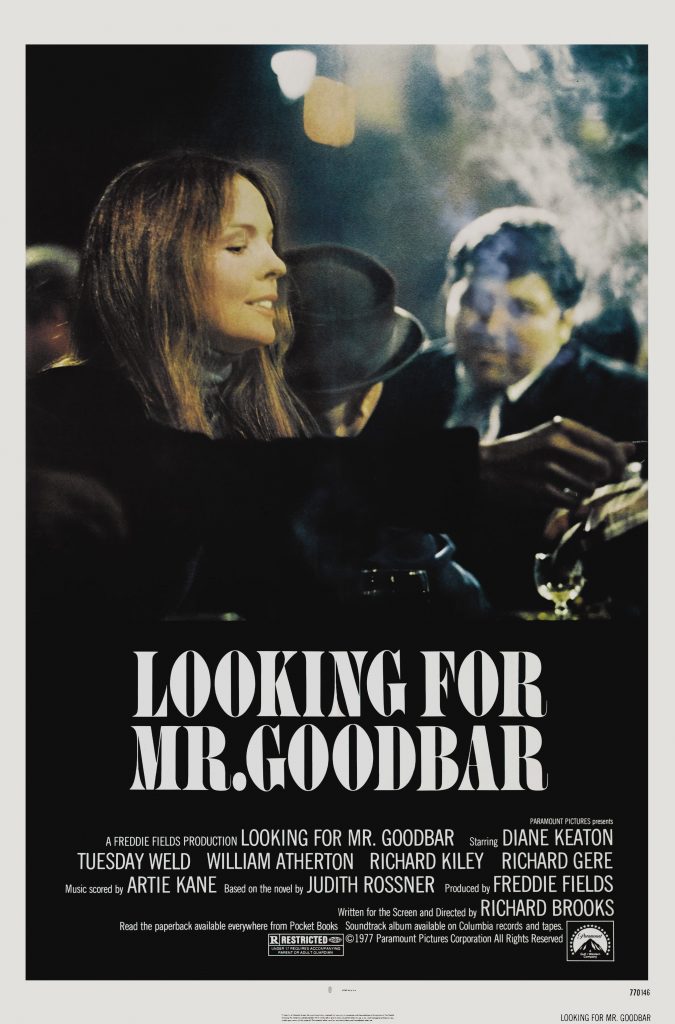Robert Redford, who has died aged 89, was the golden boy of American cinema for more than 50 years.
In one respect, with his blond good looks, he conformed to a mythic Californian stereotype, or what Dustin Hoffman called a “walking surfboard”. However, Redford managed to expand as much as he could within his limitations, once claiming: “I’m interested in playing someone who bats in 10 different ways.”
Redford, who was always ill at ease about his looks, was described by Sydney Pollack, for whom the actor made seven films (including the spy thriller Three Days of the Condor in 1975), as “an interesting metaphor for America, a golden boy with a darkness in him”. To many of his characterisations, he added a wry wit, able to hint, via subtle nuance, at a more complex psychology hidden beneath the surface.
Romantically flawed and fallen heroes were his forte, so he was perfectly cast in the title role of The Great Gatsby (1974). “I wanted Gatsby badly,” he commented. “He is not fleshed out in the book and the implied parts are fascinating.”
According to F Scott Fitzgerald’s description of the novel’s hero, “Jay Gatsby had one of those rare smiles with a quality of eternal reassurance in it, that you may come across four or five times in life. It faced, or seemed to face, the whole external world for an instant and then concentrated on you with an irresistible prejudice in your favour … he invented just the sort of Jay Gatsby that a 17-year-old boy would be likely to invent, and to this conception he was faithful to the end.” Redford, like Gatsby, carefully polished his image of an alluring, dispassionate, handsome icon
Charles Robert Redford Jr was born in Santa Monica, California, the son of an accountant with Standard Oil, and his wife, Martha (nee Hart). The family moved to Van Nuys, California, where Robert went to Van Nuys high school. He was blessed early on with a graceful athleticism, excelling in swimming, tennis, football and baseball, the last of which won him a scholarship to the University of Colorado, where he could also indulge his love for climbing and skiing.
But he soon became frustrated by what he called “test-tube athletes”. As the character of the Olympic skier that he played in Downhill Racer (1969) says: ‘“I never knew what it was like to just enjoy a sport. I was always out there grovelling to win. You begin to fear not winning.”
When his lack of attendance at baseball practice led to him losing his scholarship, he left for Europe in 1957. Because he had displayed a certain talent as a caricaturist in high school, he did what all hopeful American artists did: he went to paint in Paris before being forced into the realisation that, as an artist, he was mediocre. On his return to the US, he married his girlfriend, Lola Van Wagenen, in 1958 and studied scenic design at the Pratt Institute in New York
None the less, in 1959, he made his professional stage debut on Broadway with a small role as a basketball player in Tall Story, which he repeated uncredited in the feature film version starring Jane Fonda the following year. During the try-out run for The Highest Tree (1959), a short-lived play about a nuclear scientist, his first child, Scott, died of sudden infant death syndrome.
He made it big on Broadway in Norman Krasna’s Sunday in New York (1961) and even bigger in Neil Simon’s hit comedy Barefoot in the Park (1963), which he reprised in the screen version opposite Fonda in 1967. He remained in the play for the first year of its four-year run, but never worked in the theatre again.
At the same time, he was racking up numerous TV credits, including the callow Don Parritt in Sidney Lumet’s production of Eugene O’Neill’s The Iceman Cometh (1960) and a memorable appearance as the Angel of Death in an exceptional 1962 Twilight Zone episode called Nothing in the Dark
Redford’s first credited film role was in the untrumpeted War Hunt (1962), an off-beat little picture, shot in 15 days, in which Pollack also made his screen debut as a performer. They played members of a platoon in Korea, one of whom (John Saxon) is schizophrenic. He goes out on lone missions and kills the enemy with a stiletto. Redford’s character tries to rescue an orphan from Saxon’s influence.
It was three years before he returned to the big screen, gaining some attention in Robert Mulligan’s Inside Daisy Clover (1965), in which he played Natalie Wood’s egotistical, bisexual matinee idol husband and for which he won the Golden Globe award for most promising newcomer.
This promise was fulfilled in his following films, including Arthur Penn’s steamy The Chase (1966), in which Redford played an escaped convict whom the fair-minded sheriff (Marlon Brando) tries to protect from being lynched by the inhabitants of a small Texas town. Although the role required Redford to spend much of the film running through rice fields, he opted for that rather than playing the sheriff, the part he was offered originally.
He seemed incredibly relaxed and confident in the early stages of his career, rejecting two roles offered to him by Mike Nichols – the younger man in Who’s Afraid of Virginia Woolf? (eventually played by George Segal), and Benjamin Braddock in The Graduate, because he felt too old for the part, even though he and Hoffman, who made his name from the part, were almost the same age. He also turned down the John Cassavetes role in Roman Polanski’s Rosemary’s Baby.
Instead, he preferred to co-star with Wood again in Pollack’s This Property Is Condemned (1966), based on a Tennessee Williams play, as a mysterious railway official. Next came Barefoot in the Park, and then one of his best-known roles, Sundance – a role passed over by Brando, Warren Beatty and Steve McQueen – opposite Paul Newman’s Butch Cassidy in one of the most successful westerns ever
George Roy Hill’s Butch Cassidy and the Sundance Kid (1969) created at its core an irresistible chemistry between its two male leads as charming outlaws, leading to a string of buddy movies, including the equally successful The Sting (1973) with the same director and stars, this time playing scam artists in 1930s Chicago.
Between the two hit movies, Redford made several films, the best being Michael Ritchie’s satirical The Candidate (1972), about a presidential campaign, in which he was well cast in the vapid title role, and Pollack’s The Way We Were (1973). The latter, an odd couple romantic comedy with Redford as an upper-crust Wasp who does not take politics seriously, and Barbra Streisand as a working-class Jewish leftist uncompromising in her political beliefs, saw them both performing well within their comfort zones.
By the end of the 60s, Redford had become one of the world’s top film stars and box-office attractions, with carefully chosen projects to keep alive his screen persona in glossy Hollywood star vehicles. Among the exceptions were movies that satisfied his liberal leanings, especially Alan Pakula’s Watergate exposé, All the President’s Men (1976).
The perspicacious Redford had bought an option on the book by the Washington Post journalists Carl Bernstein and Bob Woodward prior to its publication in 1974 for $450,000. William Goldman, who had written three buddy movies in a row for Redford – Butch Cassidy, The Hot Rock (with Segal, 1972) and The Great Waldo Pepper (with Bo Svenson, 1975) – was hired to supply another one for the star and Hoffman, delivering a sort of “Butch Cassidy and the Sundance Kid Bring Down the Government”, as one Washington Post wit described
In the All the President’s Men, of the two leads, Redford had the edge, managing to combine a dry humour, a convincing intelligence and a determined idealism. According to Hoffman, the reason the film was a top earner was because “it is what the public always wanted: that beautiful Wasp finally wound up with a nice Jewish boy”.
In the 80s, Redford gradually scaled down his acting, appearing in only four films, having taken up producing and directing. At the same time, he established the Sundance Institute on his 7,000-acre estate in Provo, Utah, providing workshops, development resources and support to promising independent film-makers.
In 1978, Redford co-founded the Sundance film festival,held in Park City and Salt Lake City, Utah every January as a shop window for independent cinema, and remained a godfather to it. A passionate environmentalist, he also co-founded the Institute for Resource Management, a forum to encourage land developers and environmentalists to work together.
In later acting assignments, he was shown in a noble, almost saintly, light, consistently backlit to turn his golden hair into a saintly halo: as a prison reformer in Brubaker (1980), a mythical baseball player in The Natural (1984), and the English big game hunter Denys Finch Hatton (though there was no attempt to get Finch Hatton (though there was no attempt to get the accent),the lover of Karen Blixen (Meryl Streep) in Out of Africa (1985).
Redford’s first film as a director, Ordinary People (1980), was a middle-class family drama, elegantly shot though not very original, with a sentimental father-son solution. Nevertheless, the film won Oscars for best picture and best director – Redford went on to win an honorary Oscar, too, in 2002 – as well as best supporting actor, for Timothy Hutton, and best adapted screenplay. Its success encouraged Redford to continue directing over the next decades.
The Milagro Beanfield War (1988) was a homespun fable of a New Mexican farmer deflecting water from a housing development to start his own beanfield. A River Runs Through It (1992), shot in Montana (Philippe Rousselot won an Oscar for his cinematography), used fly-fishing as a metaphor for life in an understated way; and Quiz Show (1994) was a gripping account of a television scandal in 50s America, when a winning contestant of a popular programme was exposed as a fraud.
Redford directed himself for the first time in The Horse Whisperer (1998), as a Montana cowboy who cures traumatised horses, a role that fitted him as snugly as his faded denims. The Legend of Bagger Vance (2000), continued his almost mystic interest in sport with a nostalgic look at golf between the wars, while Lions for Lambs (2007) was a flabbily liberal and verbose response to the Iraq war.
He starred in and directed The Company You Keep (2012), a well-intentioned political drama on the Weather Underground 30 years after their terrorist activities. Yet, though one would be hard put to call Redford an auteur, there is no denying that his choice of films reflected his political views and his passion for the American west.
From the 90s, the reasons for some of his acting choices were a trifle less clear. In Adrian Lyne’s Indecent Proposal (1993), Redford’s character, admitting to advanced middle-age, offers to pay $1m to sleep with Demi Moore, with her husband’s approval. He finally gave in to advancing years at the age of 68 and played a crusty and grizzled rancher in Lasse Hallstrom’s An Unfinished Life (2005), the sort of role Newman and Clint Eastwood had been playing for years.
Never straying too far from his persona of dignified masculinity, Redford continued to be active into his 80s. His solo performance in All Is Lost (2013) as a castaway seaman trying to survive was a tour de force, while he demonstrated his fitness in A Walk in the Woods (2015), and his integrity as the TV anchor Don Rather in Truth (2015). His last substantial role was as the real-life bank robber Forrest Tucker in the comedy drama The Old Man & the Gun (2018).
He is survived by his second wife, Sibylle Szaggars, an artist, whom he married in 2009 after a long relationship, and two children, Shauna and Amy, from his first marriage, which ended in divorce in 1985; their son James died in 2020.
Robert Redford, actor, producer and director, born 18 August 1936; died 16 September 2025








